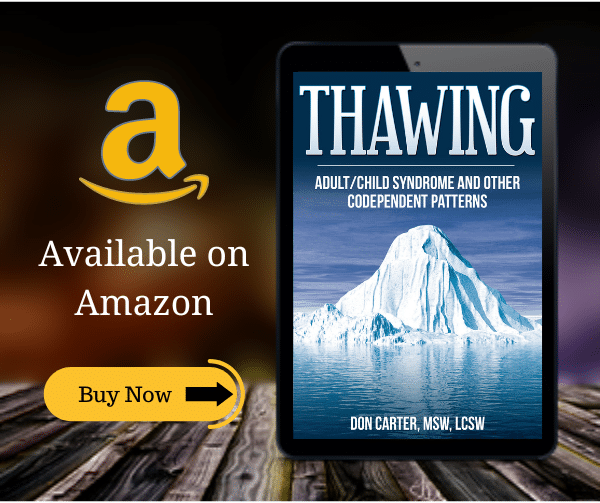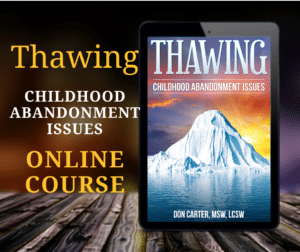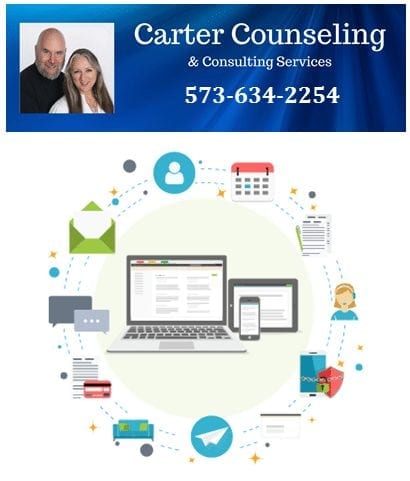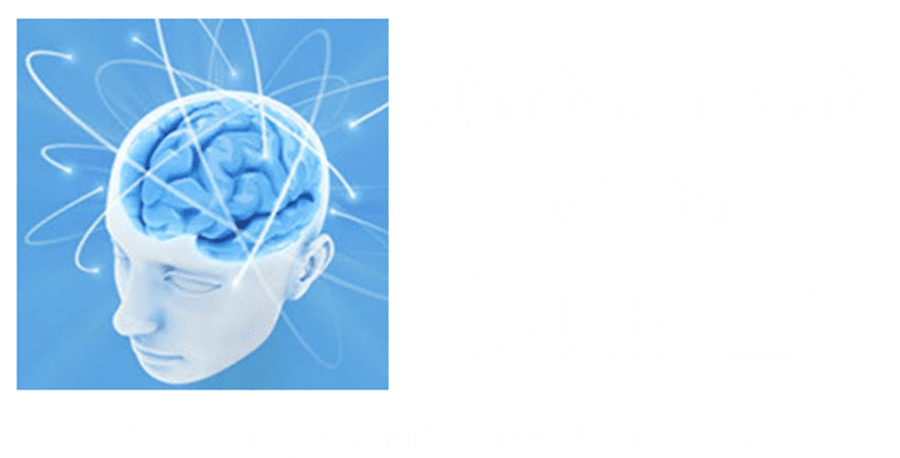
Relationship Problems & Structural Analysis
[wpseo_breadcrumb]
Evaluating your part in relationship problems is best done through TA’s Structural Analysis (SA)… problems with a friend, co-worker, spouse, significant other, parents, and siblings can all be evaluated using Structural Analysis. Once the analysis is complete you will have an excellent understanding of yourself and your own “triggers” in regards to relationship problems. Structural Analysis offers one way of answering the questions: Who am I? Why do I act the way I do? How did I get this way?
It’s a method of analyzing a person’s thoughts, feelings, and behavior based on the phenomenon of Ego States. If your partner also learns Structural Analysis you will both have an excellent method of co-creating the relationship you want.
Eric Berne, founder of TA, defines an Ego State as “a consistent pattern of feeling and experience directly related to a corresponding consistent pattern of behavior”… This includes everything a person experienced in childhood and incorporated from parent figures, perceptions of events and feelings associated with these events, and the distortions brought to those memories.

I think of Ego States as neural networks embedded in the database of “who I am” in the various contexts of my life… Who I am in relation to my wife…to my kids…to my grandkids…to my clients…to past employers… I have a different neural network for how to be with and experience each one of those relationships. Because each network contains memories and experiences specific to each person…each relationship. I get different needs met in each context.
Because of growth and experience “who I was” in college is somewhat different than who I am now… but I’m still fond of who I was at that time in my life and that “part” of me still exists… I experience it every time I hear certain songs… or smell certain smells.
The same is true of other significant times in my past…some fond memories and some not so fond…but still part of who I am and they can be “triggered” so that I can shift into any one of those parts of me when certain conditions are present. It’s these triggers and the shifting in-and-out of various Ego States that cause crossed transactions and relationship problems. It’s important to understand our Ego States, personal history, and triggers so that we can minimize their impact on our lives.
Shifting Ego States – Examples
We already looked at the three Primary Ego States of Parent, Adult, and Child…But lets take a look at a few examples to get a clear idea of what it means to “shift ego states”:
- Imagine a husband and wife fighting and shouting at each other like children over a relationship problem…the doorbell rings and almost immediately both suddenly stop fighting…they change their expressions and tone of voice…by the time one of them answers the door they are very calm, reasonable, and pleasant.
- The couple were in their respective Child Ego States (ES) when fighting, but quickly put their relationship problems aside and shifted into Adult when company arrived.
- Imagine a receptionist complaining bitterly to a co-worker about her job…until the phone rings…she instantly adopts a friendly, cheerful, can-do attitude with the person on the other end of the call…who happens to be her boss.
- The Receptionist was in her Child ES when complaining, but quickly put her true feelings aside and shifted quickly into either into her Adult ES or her Adapted Child ES (See below) with her boss on the phone.
- Imagine someone trying to focus on his duties at work the day after his wife-to-be suddenly breaks off their engagement for no apparent reason. He is sad, lonely and grieving — He just wants to go home and curl up in bed.
- Here it’s difficult to make the shift from the Child ES to the Adult ES due to the emotional intensity and life changing ramifications of his relationship problem. It would be even worse for someone who has abandonment issues.
Second Order Structural Analysis
First Order Structural Analysis is looking at how two people interact with each other from their various ego states. Second Order Analysis is about studying the interaction between ones own ego states AND how that plays out in relationship problems.
Everyone is born with the equipment to develop the three primary ego states… Those networks are intact by the time we are five years old… nowhere near mature — but intact. When you see a five year old “punishing” her baby doll she is in her Parent ES. When she is curled up in your lap, her holding her “blankie” and sucking her thumb she is in her Child ES… When she “plays cute” to get her way…she is in her Adult ES (aka the Little Professor)
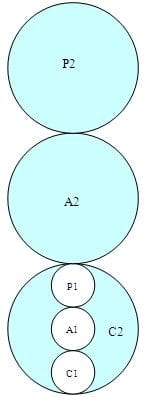
The healthy Parent-in-the-adult (P2) is “all-about-the-child”, they nurture and protect the children. This is strictly a healthy use of Second Position by the ideal parent.
The healthy Adult-in-the-adult (A2), aka the “Professor”, is wise, mature, makes good decisions by consulting the other states and generally acts on behalf of the whole person whenever executive functions must be carried out. Healthy use of Third Position.
The healthy Child-in-the-adult (C2) is the ideal representation of a well-adjusted Child ES… a non-wounded Child with no issues from the past… The healthy use of First Position.
- P1 = Parent-in-the-child or the Adapted Child
- A1 = Adult-in-the-child or the Little Professor
- C1 = Child-in-the-child or the Natural Child
The Adapted Child (P1)
The Adapted Child is the trained child who develops social awareness but sometimes feels very not-OK. When you are being courteous, compliant, avoiding confrontation, procrastinating, or feeling not-OK, you’re likely to be expressing your Adapted Child… which could be the cause of many relationship problems.
Born without a sense of what’s right or wrong, the child’s first sense of conscience develops very slowly from interacting with their environment, especially with parents who are their primary teachers or role models. Smiling and other positive responses from parents convey to a child approval for doing “what’s right”, an example of positive reinforcement.
Colder angry parental responses convey a sense of punishment or pain for doing “wrong”, i.e., negative reinforcement. The Adapted Child, with the aid of their Little Professor, discovers how to avoid pain and get approval. They adapt to the “Shoulds”, “Musts”, and “Oughts” of their parents and others in their environment… They adapt to the dysfunction of the family through the use of survival skills.
Children from dysfunctional families were even given instructions on how to adapt — In TA, these are referred to as parental injunctions:
- “Don’t talk, don’t think, don’t feel and/or don’t trust”
- “Don’t be sad”
- “Please don’t cry, I can’t stand it when you cry”
- “Don’t be angry”
- “Take that smile off your face”
- “Don’t be afraid”
- “Keep your mouth shut”
- “Eat this, you’ll feel better”
- “If you don’t stop crying I’ll give you something to cry about”
- “I’ll beat you within an inch of your life if you say that again.”
- “Do what I say, not what I do” — implied through role modeling
The Little Professor (A1)
The Little Professor is the smart little kid in each person… When you’re feeling intuitive, experiencing a moment of genius, creating for the fun of it, or manipulating someone else to get what you want, your Little Professor is likely to be involved.
The Little Professor is the childhood version of the Adult ES.The main difference between the two is that the Little Professor lacks data and information. The Adult ES has the benefit of years of experience, wisdom, and maturity while the Little Professor must rely on intuition and creativity.
The Little Professor intuits much of what’s going on… s/he looks into the face of mom or dad and “figures out” they’d better stop what they’re doing… or keep doing it – depending on the expression they get. The Little Professor is either responsible for getting us into relationship problems or out of relationship problems…the former by manipulation and the latter by creativity.
Qualities of the Little Professor:
- Intuitive
- Creative
- Manipulative
- Believes in magic
- Relies on fantasies for information and data
The intuitive Little Professor is still active after a person has grown up…The Adult and the Little Professor make a good team. Together they can design a new building, write a book, improve human relationships, decorate your home, and so forth. This is likely the primary ego state that subconsciously helps us pick out someone who knows how to play the Drama Triangle and other games… especially those that create more relationship problems.
The Natural Child (C1)
The Natural Child feels an uninhibited sense of freedom and does impulsively whatever he or she wants to do. When you’re being expressive, spontaneous, affectionate, playful, selfish, or standing up for your own rights, you’re very likely expressing your natural child.
By nature the Natural Child is self-centered and insensitive to other people’s feelings. They’re selfish and don’t like to share or take turns…a set up for relationship problems. The Natural Child is sometimes willful and asserts themselves with force… especially when frustrated. For example, they may throw their bottle, refused to eat, scream and have temper tantrums.
Qualities of the Natural Child:
- Affectionate, Sensuous
- Impulsive, Spontaneous, Uncensored
- Curious, Adventuresome, Playful
- Fearful
- Self-indulgent
- Self-centered
- Rebellious, Aggressive
If parents are good teachers and role models they will help teach a child patiently and affectionately how to control their impulses by setting healthy, consistent limits. They will also be accepting of the child’s needs to assert themselves and allow them to have their feelings — even when their behavior is not acceptable and must be corrected.


